Are you keeping track of your blood pressure?
The main risk factor for developing high blood pressure is age. Even in middle age, your vessels may have difficulty keeping up. But a lot of people who have high blood pressure don’t even know it.
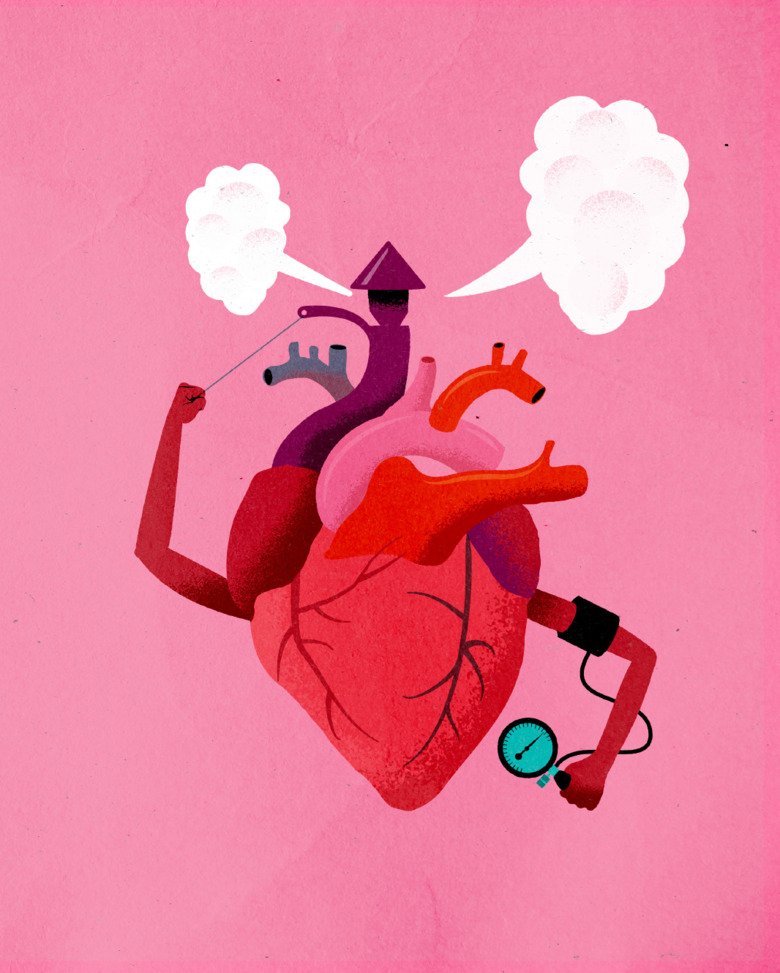
Text: Annika Lund, first published in Swedish in the magazine Medicinsk Vetenskap no 1/2021.
It's easy to find somewhat dizzying figures about high blood pressure. Just check these out: In 2019, nearly 90,000 people died in Sweden. The most common cause of death was cardiovascular disease, which was responsible for one in three deaths. High blood pressure, or hypertension, is the most common treatable risk factor for cardiovascular disease. Yet one in four people aged 53 to 78 years have high blood pressure without even knowing it. This figure is taken from the Public Health Report 2019, a recurring compilation of the public health situation in Region Stockholm. That number might even be misleadingly low. Other surveys have yielded higher figures.
Surprised? Not? How about these numbers, then: At least 1.8 million Swedes have high blood pressure. About one in four people over the age of 20 is affected, and from 60 years of age that number jumps to nearly one in two. There are clear treatment goals – but only half of all patients achieve them. This is despite the fact that blood pressure medication is considered to be one of the most important life-saving medical treatments, along with antibiotics and vaccines.
Lack of knowledge
“We have a large knowledge gap in our population. Most people know that high blood pressure is a bad thing, but many believe it will affect someone else, or that it’ll only affect them in their old age. People aren’t sufficiently aware that high blood pressure is very common from middle age onwards,” says Jonas Spaak, Docent in Cardiology at Karolinska Institutet’s Department of Clinical Sciences, Danderyd Hospital.

He is Chair of the Swedish Society of Hypertension, Stroke and Vascular Medicine, an association that promotes research, education and the dissemination of knowledge about cardiovascular diseases. It’s slow going, he says.
“Other countries in Europe have had major information campaigns that have managed to reach large sections of the population and probably saved many lives. The campaigns have focused on the need to find out important info related to your health, such as your blood pressure,” says Jonas Spaak.
He explains that Sweden differs from many other countries by employing so-called “opportunistic screening” for blood pressure. In this model, healthcare professionals measure the patients’ blood pressure in connection with healthcare points of contact for completely different reasons. If the patient’s blood pressure is found to be high, she/he is advised to seek treatment for this via primary care. According to Jonas Spaak, this model is not sufficiently reliable – in a heavily burdened healthcare system, healthcare professionals cannot be trusted to always check the blood pressure of people who come to them for other reasons.
“In other countries – such as Canada, large parts of the US and many countries in Europe – health checks from perhaps 30 years of age and up are common, and measure blood pressure, blood sugar and blood lipids. We’ve chosen a different model. I think it’s unfortunate. Our healthcare system clearly misses many cases of high blood pressure. I think we need to spread knowledge and understanding in our population. People should be interested in finding out whether or not they have high blood pressure,” says Jonas Spaak.
Few that connect the symptoms
Hypertension usually causes no symptoms. Some people may develop a slight headache or fatigue, but since this can be due to so many other things, few people associate it with high blood pressure. Severe headache or shortness of breath occur only when blood pressure is elevated to imminently life-threatening levels, but this is very rare. The only way to find out how one is doing is to get one’s blood pressure measured.
Two values are measured. The first number is called “overpressure” or “systolic pressure”. It indicates the amount of force that blood exerts on the vascular walls as the heart contracts and pumps out a volume of blood. The second value is called “underpressure” or “diastolic pressure”. It measures the force against the vascular walls when the heart relaxes to fill with blood. At younger ages, both pressures are important, and both rise with age. But from around age 60, the systolic pressure rises the most. This is due to increasing stiffness in the very largest vessels near the heart. Starting around 55 years of age, it is thus primarily the systolic pressure that is measured and treated.
The span between these pressures is called the pulse pressure. A higher pulse pressure is in itself burdensome for the vessels; it is hard on the vessel walls to be constantly exposed to different strong pressures. Pulse pressure usually rises throughout the course of one’s life, as the overpressure increases while the underpressure remains at the same level. Because it is due to rigid vessels, a high pulse pressure is a sign of just that – vascular stiffness. Pulse pressure can primarily be reduced by lowering the systolic pressure.
Biggest risk factor
Age is by far the biggest risk factor for developing high blood pressure. As we get older, our blood vessels become tighter and stiffer. Rigid vessels can be likened to drainpipes through which someone regularly pours a few litres of water. Higher pressure develops when the drainpipe can no longer drain fast enough to handle each new bucket. Soft and smooth vessels can receive each heartbeat better by dilating slightly as the blood passes through them. This reduces the force on the vascular walls.
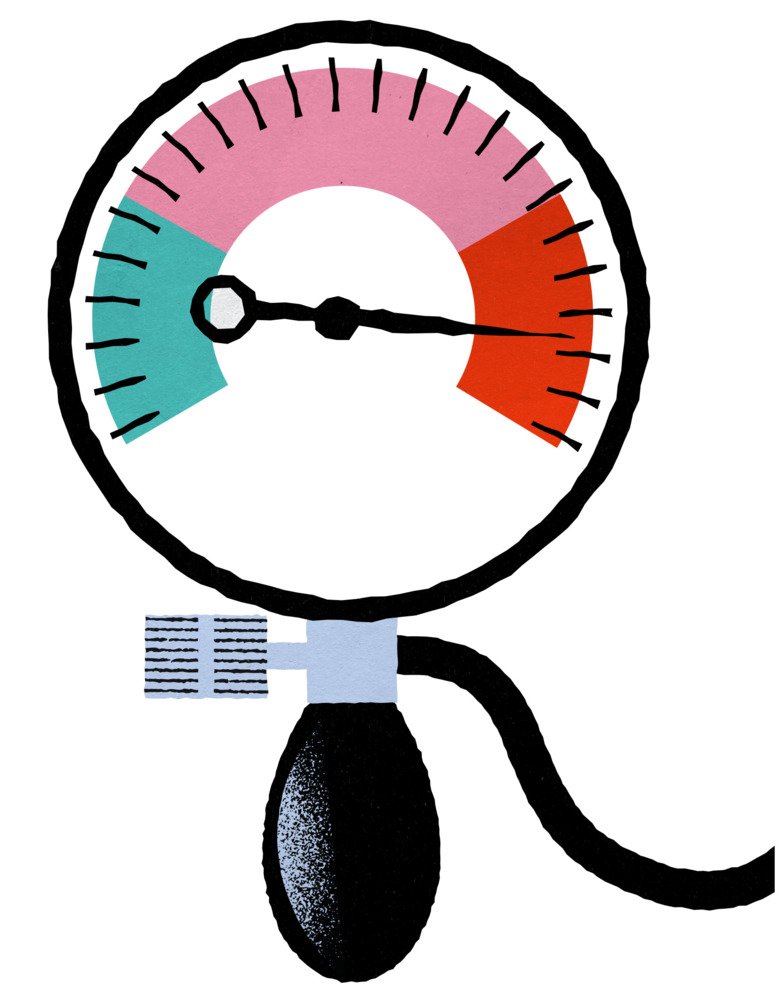
The vessels become tighter and stiffer as we cake them with blood lipids and wear away their elastin, the substance that makes them elastic. Thus, more or less everyone will eventually develop high blood pressure.
“But there are a number of factors that can speed up this process, making blood vessels age faster,” says Jonas Spaak.
These include lack of physical activity, obesity, high alcohol consumption and smoking. Smoking helps to break down the elastin in the blood vessels. Stress is another factor – both what we commonly call stress in our everyday lives, and the larger concept of socio-economic stress. Prolonged exposure to noise is another factor that can negatively affect blood pressure. Eating a lot of salt also drives up blood pressure. Salt causes the kidneys to increase the volume of fluid in the vascular system, so that more fluid must pass through the rigid drainpipes. It is difficult to describe exactly how several of these factors individually affect blood pressure, as they are often linked and interact.
Ways to lower your blood pressure
An important part of the treatment for high blood pressure is to review various lifestyle factors and try to make changes where needed. In isolated cases, this may be a sufficient treatment. These changes may include cutting down on salt, reducing stress, losing weight, being physically active, quitting smoking, being moderate in one’s alcohol consumption and reviewing one’s diet. It’s good to eat more vegetables, and it is also wise to think about one’s choice of fat; unsaturated fats such as olive oil are preferable to the saturated fats in meat and charcuterie and in fatty dairy products.
The guidelines of the European Society of Cardiology (ESC) describe the extent to which these measures can lower blood pressure. For example, one meta-analysis, a weighting of various studies, indicates that people who lose about five kilos of weight simultaneously lower their blood pressure by an average of 4.4 mm and 3.6 mm Hg respectively in over- and underpressure. Another meta-analysis shows that people who reduce their salt intake by just over four grammes per day lower their blood pressure by an average of 5.4 and 2.8 mm Hg in over- and underpressure. In Sweden we eat an average of 10 to 12 grammes of salt per day, and according to the National Food Administration we should not consume more than 6 grammes. Most of the salt we consume comes from processed food, such as ready meals.
But how big a difference can be made by a 5 mm Hg reduction in systolic pressure?
Pretty big, actually.
In general, the relative risk of cardiovascular disease decreases by 10 percent for every 5 mm Hg reduction in systolic blood pressure, even if initially it was only slightly elevated.
Three times higher risk
Individuals with high blood pressure are three times more likely to have a stroke than those who do not have elevated blood pressure. Hypertension is the single most important risk factor for both strokes and heart attacks. It is also a risk factor for cardiovascular failure, kidney failure, peripheral vascular disease (also known as intermittent claudication) and, in the long term, even dementia. There are two parallel processes in the vessels that increase the risk of these diseases. On the one hand, the vessels become stiffer; on the other hand, they become caked with cholesterol deposits known as plaques. The increased pressure from the blood flow can cause a plaque to crack. This causes multitudes of platelets to be sent to the location to repair the damage, and this in turn can result in a clot in the blood vessel. If this happens in a larger vessel in the brain, it causes a stroke. If it occurs in a vessel that supplies the heart, it causes a heart attack.
But all people know that healthy habits are good. It is extremely widespread knowledge that one should quit smoking, start exercising and eat more vegetables. So how does one reach people with a message that everyone is already familiar with?

“Well, that’s a question that our whole society is really trying to address. A recurring complaint from doctors is that they have too few resources for helping their patients. We’ve had Sluta-Röka-Linjen (a hotline for quitting smoking) for many years, but more such initiatives are needed to help with lifestyle changes in general,” says Karin Leander, an epidemiologist and researcher at Karolinska Institutet’s Institute of Environmental Medicine.
She explains that patients are very interested in getting help and support from their healthcare providers in changing their living habits. In a 2013 survey, 64 percent said they wanted support in their efforts to start exercising and eat better in cases where these changes could have the same effect as medication on lowering blood pressure. Only 4 percent completely or partially rejected the idea.
“Clinical professionals are not able to help patients to the extent they need and want. They need more support from our society,” says Karin Leander.
At the same time – high blood pressure is, as has been already noted, very common. It also affects people who already have healthy habits. In this context, heredity plays a role. Certain people are more likely to have high blood pressure. However, there are so many genes involved in the onset of hypertension that there is currently no genetic test that provides guidance for investigation or treatment.
And far from everyone will achieve healthier levels merely by changing their lifestyle. A great many people require medication to bring down their blood pressure. And there is a plentiful selection to choose from.
Drugs that affect blood pressure
Several preparations affect the so-called RAS system, the renin-angiotensin system, a hormone system that the body uses to regulate blood pressure. Among these drugs are ACE inhibitors and angiotensin receptor blockers, ARB. There are also a wide range of other medicines that affect blood pressure in various ways, such as calcium flow inhibitors, beta-blockers and diuretics. There are thus good opportunities to adapt treatment to different individual needs, for example by taking comorbidities into consideration. For people who do not achieve their treatment goals, the wide range of drugs on the market also makes it possible to add more preparations that work in other ways.
It is very common to start with two preparations, but many people need three or four. Those who still do not see a reduction in their pressure may have an underlying cause, where some other disease is affecting their blood pressure. Among these is the hormone disease aldosteronism, where the body overproduces a hormone that raises blood pressure. Patients who do not respond to treatment or who have a complex disease profile should seek treatment at a blood pressure clinic, but such patients account for a very small proportion of the whole. There are few specialist clinics for hypertension in Sweden. The vast majority of patients are treated in primary care.
And as has already been noted, many people do not achieve their treatment goals. One explanation for this is that many patients do not take their prescribed medications. This is a well-known problem overall and perhaps especially in cases of so-called asymptomatic disease, that is, disease that is not noticed by the patient. Instead, it is the medications that intrude on the patient’s life – one has to remember to take them, and they can cause side effects. According to statistics from the Swedish Association of Local Authorities and Regions, 75 percent of patients adhere to their blood pressure treatment plan. This means that one in four people stops taking their hypertension medication within a year after their first pick-up at the pharmacy.
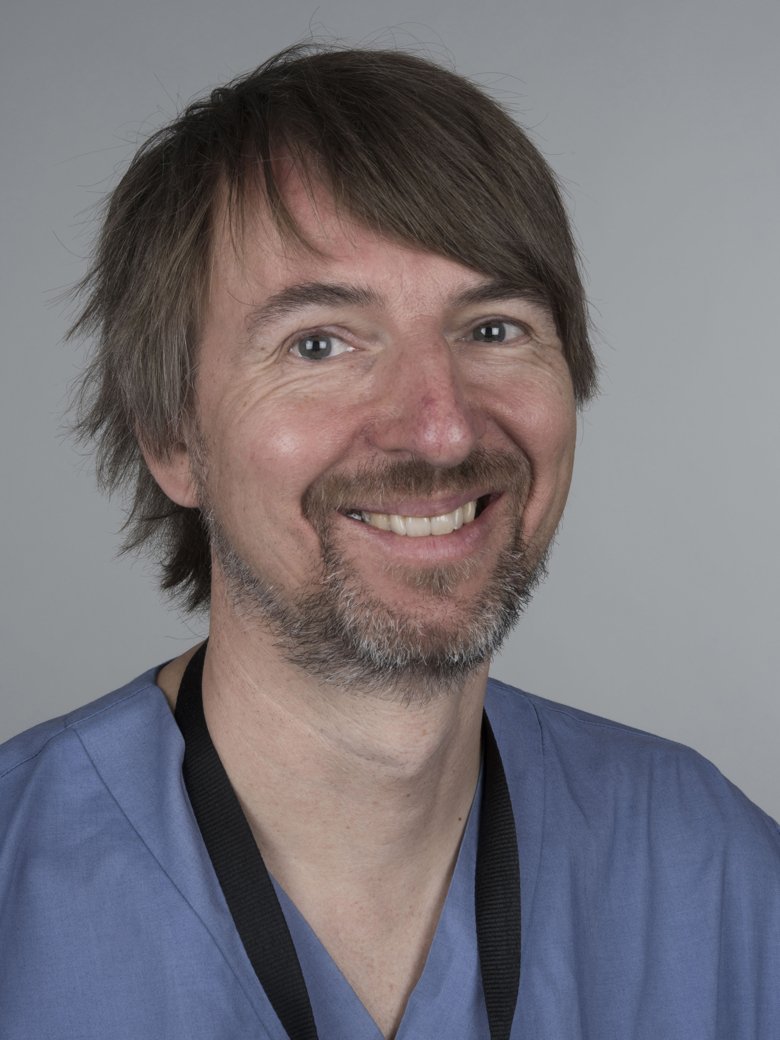
But this applies only to those who know that they have high blood pressure. As has already been noted, at least one in four people aged 53 to 78 years has undiagnosed hypertension.
So – why are things like this? Why does it seem to be generally accepted to overlook something that everyone says is important to discover and treat?
“I actually don’t know. It’s hard to understand,” says Per Svensson, Chief Physician in Cardiology and a docent in Cardiovascular Medicine at Karolinska Institutet’s Department of Clinical Research and Education, Södersjukhuset.
Blood pressure measured in an emergency ward
Together with his colleagues, he has followed up 300,000 Swedish patients who had their blood pressure measured in an emergency ward during the years 2010-2016. They were divided into three groups, based on their overpressure: 140-159 mm HG, 160-170 mm Hg and over 180. After an average of 3.5 years, the patients were followed up via the National Board of Health and Welfare’s health data register.
It emerged that more patients who had higher blood pressure in the emergency ward later suffered a heart attack, stroke or sudden cardiac death. This suggests that anyone with high blood pressure in the emergency ward should be followed up after returning home.
“People often say that it’s alright to have slightly high blood pressure in the emergency ward, because it’s considered to be due to being in a stressful environment, where you might be worried or in pain, which can drive up blood pressure. But what we saw points to a clear link between blood pressure levels in the emergency ward and the risk of complications in a few years’ time. A lot of patients pass through emergency wards and virtually all of them get their blood pressure measured. These measurements could be used better,” says Per Svensson.
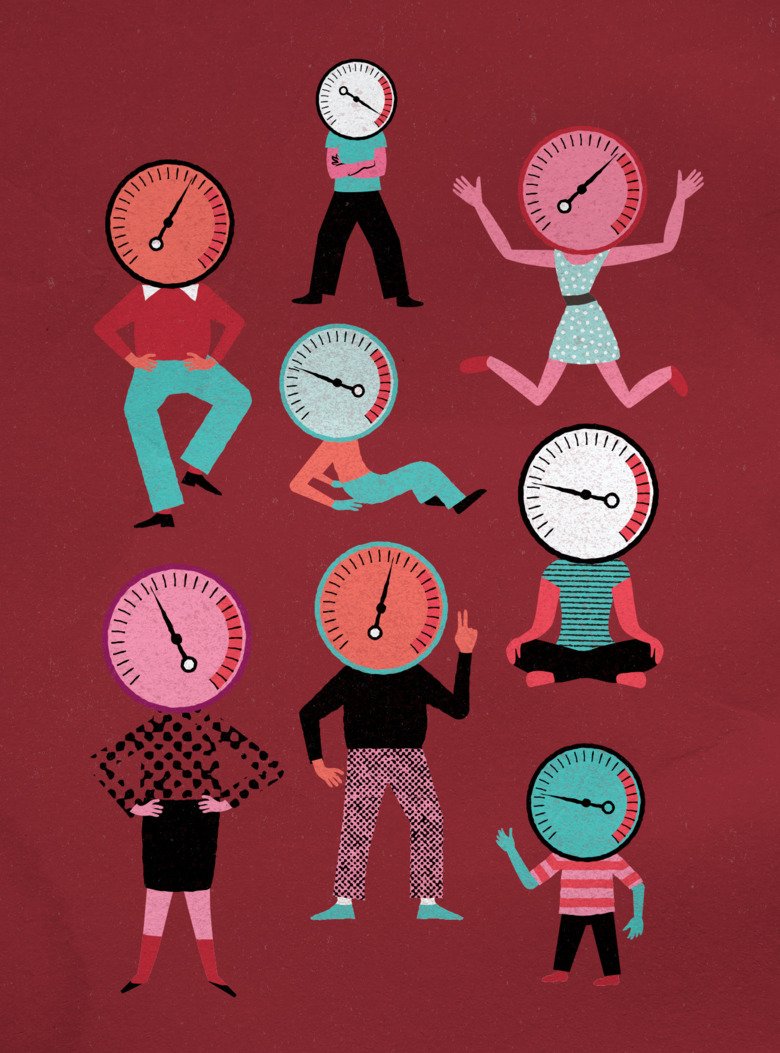
He has recently published another study, which also addresses how healthcare providers can “think smarter” when it comes to blood pressure measurements. It includes 200 patients who have recently undergone balloon dilation of their coronary arteries. All patients had to undergo so-called ambulatory blood pressure measurement, a 24-hour measurement during which the patient can remain at home and live as usual.
All patients received treatment according to current routine medical care, with follow-up visits to a cardiologist after the balloon dilation. Half of the patients’ physicians were permitted to review the results of the 24-hour measurement, while the rest of them did not see these results, but only the values from their measurements at the health clinic, which is the current practice.
After that, all patients were followed up with a new 24-hour measurement within a few months. It then turned out that in cases where the physician knew the results of the previous 24-hour measurement, more accurate medication adjustments had been made. More people who had elevated pressure at the first measurement had achieved better levels as a result of adjusted drug regimens, and among those with lower pressure, the use of certain medications, especially beta-blockers, had been discontinued.
“Our interpretation of our study is that 24-hour measurement allows doctors to be more precise in prescribing drugs to patients with coronary artery disease. We think the study supports the argument that a 24-hour blood pressure measurement should be routine for patients who have undergone a balloon dilation. For example, it could be done prior to the first follow-up visit after a heart attack,” says Per Svensson.
More reading on this topic
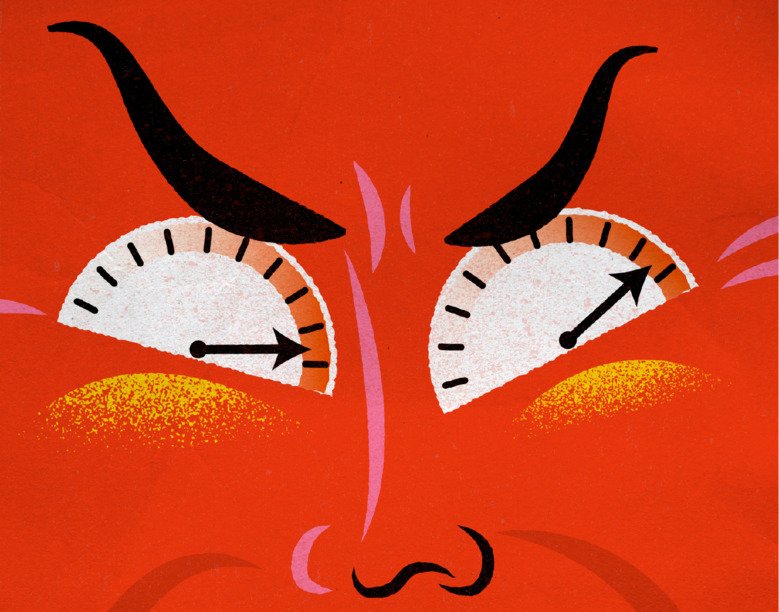 Foto: Jens Magnusson
Foto: Jens MagnussonBlood pressure – true or false?
Is it really true that licorice raises blood pressure and that blood pressure medication increases the risk of becoming seriously ill in covid-19? The researchers arrange the concepts.
 Foto: Pixabay/public domain
Foto: Pixabay/public domainBeetroot juice lowers pressure
Can you lower your blood pressure by drinking beetroot juice? Yes, you actually can. Mattias Carlström, a docent in physiology and a research group leader, explains the connection.
